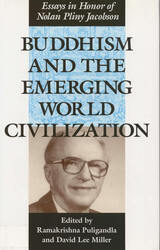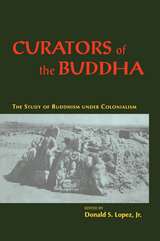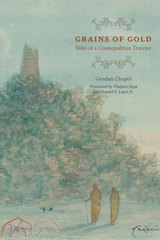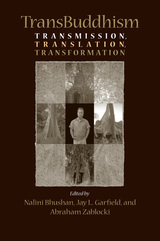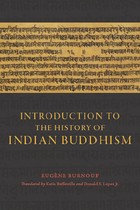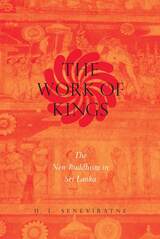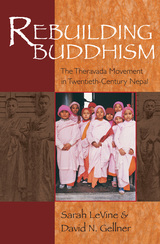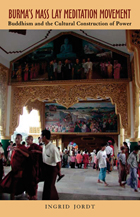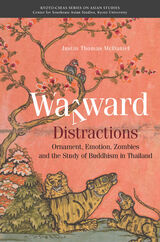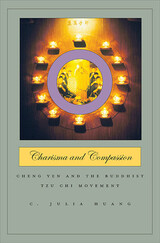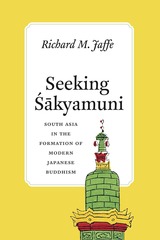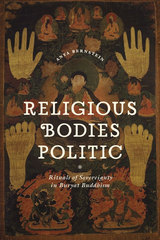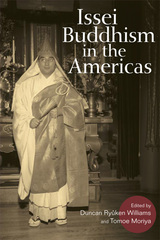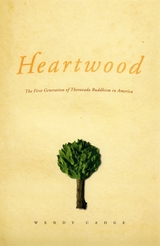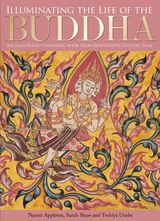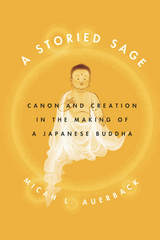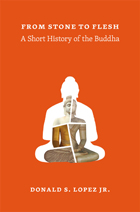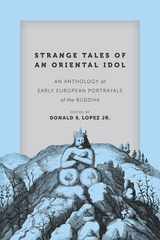Cloth: 978-0-674-69775-1
Library of Congress Classification BQ641.B7 1993
Dewey Decimal Classification 306.69430951
In seventeenth- and eighteenth-century China, Buddhists and Confucians alike flooded local Buddhist monasteries with donations. As gentry numbers grew faster than the imperial bureaucracy, traditional Confucian careers were closed to many; but visible philanthropy could publicize elite status outside the state realm. Actively sought by fundraising abbots, such patronage affected institutional Buddhism.
After exploring the relation of Buddhism to Ming Neo-Confucianism, the growth of tourism to Buddhist sites, and the mechanisms and motives for charitable donations, Timothy Brook studies three widely separated and economically dissimilar counties. He draws on rich data in monastic gazetteers to examine the patterns and social consequences of patronage.
See other books on: Brook, Timothy | Buddhism | Formation | Gentry | Social Classes & Economic Disparity
See other titles from Harvard University Press

